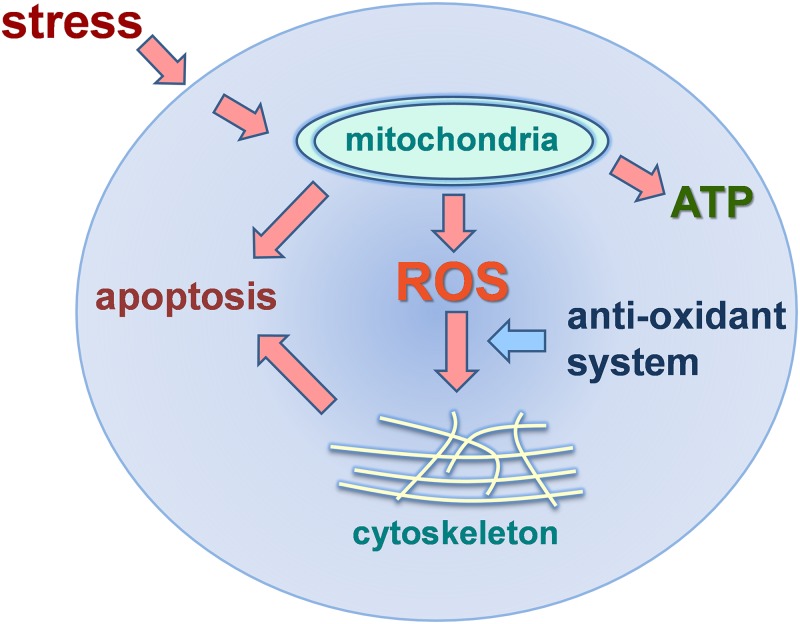Fig 7. A consensus model of intracellular responses to stress in oysters based on the genes and/or biological processes that were found in our analysis to be differentially regulated in response to environmental stress.
In this model, adaptive intracellular responses to stress lead to increased energy production (ATP) via the mitochondrial electron transport chain. Reactive oxygen species (ROS) are produced as by-products of ATP synthesis. Unless controlled by molecular chaperones (HSPs) and the anti-oxidant system, excessive ROS can disrupt the actin cytoskeleton and mitochondrial membranes leading to apoptotic cell death.

